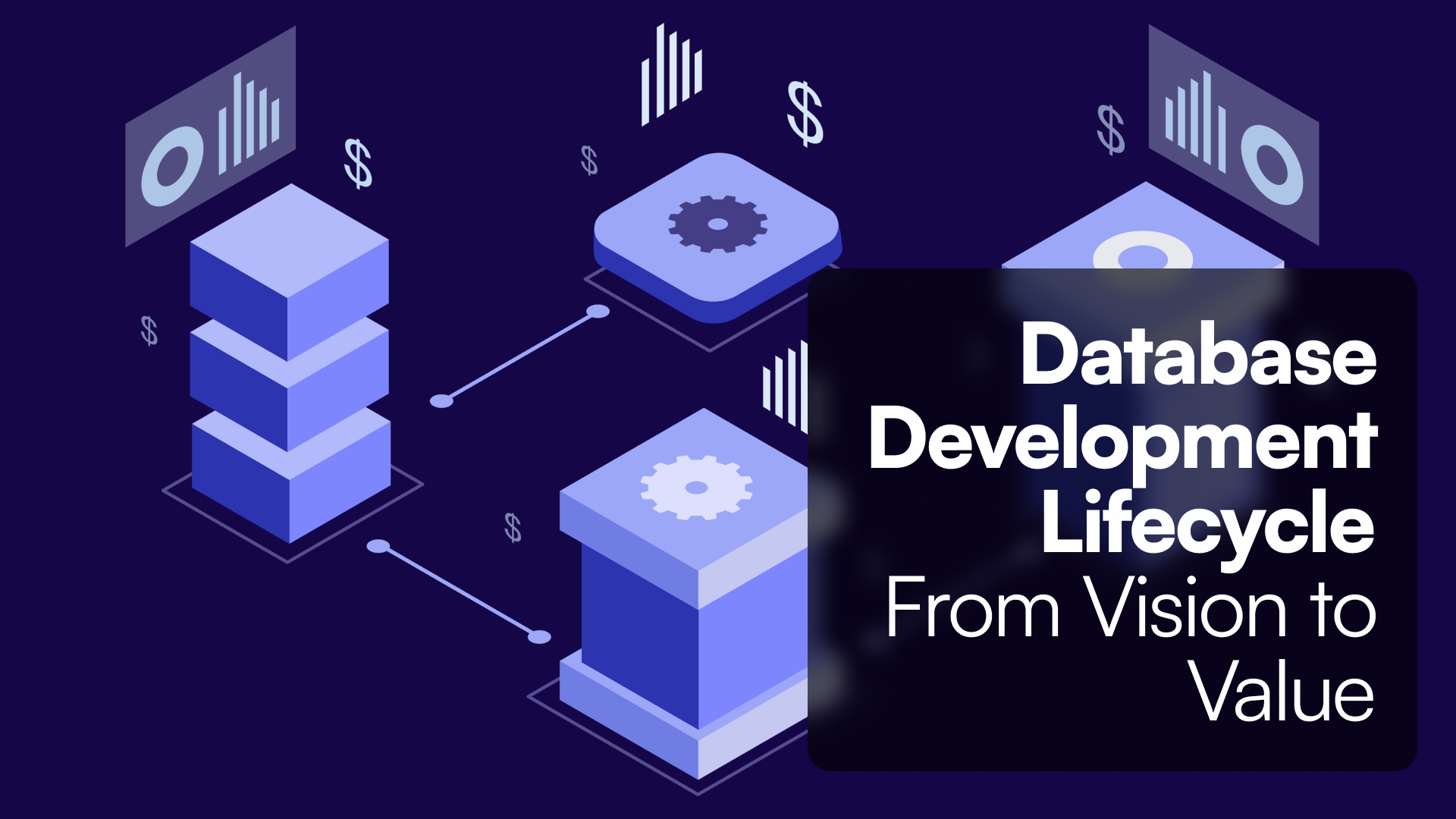Introduction
Application software is at the heart of everything we do on our computers—from managing projects to editing photos and everything in between. But with so many options out there, how do you know which one is right for you? This guide will help you understand what application software is, explore the different types available, and offer practical advice on choosing (or building) the best tool for your needs.
What Is Application Software?
Application software is a program, or group of programs, built for end-users to perform specific tasks such as writing a document, analysing data, or managing inventory. It contrasts with system software, which runs the computer itself (operating systems, drivers, firmware).
Analogy: If your computer were a fully stocked kitchen, system software would be the wiring, plumbing, and big appliances that make the room usable. Application software is the specialty tool you grab—blender for smoothies, oven for sourdough, coffee grinder for that caffeine fix—each built for a single culinary mission.
Why Application Software Matters
- Task Automation: Repetitive work - data entry, invoice creation, reporting - completes in seconds, freeing people for higher-value tasks.
- Enhanced Collaboration: Real-time editing and comment threads keep teams aligned, wherever they sit.
- Data Insight: Dashboards and visualisations surface trends that humans might miss in raw spreadsheets.
- Custom Fit: Low-code builders (like Tadabase) let you shape software around your workflow instead of bending the workflow to the tool.
Application Software vs. System Software
Main Types of Application Software (2025)
1. Productivity Suites
Purpose: Create documents, analyse data, and communicate.
Microsoft 365 – Word, Excel, PowerPoint, Outlook
Google Workspace – Docs, Sheets, Slides, Gmail
2. Web Browsers
Your gateway to every cloud tool you use.
Google Chrome – speed & extensions
Mozilla Firefox – privacy controls
Apple Safari – battery-friendly
Microsoft Edge – deep Windows integration
3. Communication & Collaboration Tools
Slack – channel-based chat & file sharing
Microsoft Teams – integrated with 365
Zoom – HD meetings & webinars
Discord – community-first voice & video
4. Media Creation & Playback
Spotify / Apple Music – streaming libraries
Adobe Photoshop – image editing
Final Cut Pro / DaVinci Resolve – pro-grade video editing
5. Project & Work-Management Platforms
Trello – Kanban boards
Asana – timeline & workload view
Monday.com – work OS
6. Custom Web Applications (Low-Code / No-Code)
Platforms like Tadabase let you craft purpose-built CRMs, portals, logistics dashboards, and more. Drag-and-drop instead of months of custom code.
Case Study
How to Choose the Right Application Software
Benefits Recap
- Increased Efficiency – Automates routine work
- Enhanced Accuracy – Validation rules reduce errors
- Improved Collaboration – Real-time co-authoring
- Data-Driven Decisions – Built-in analytics expose insights
Frequently Asked Questions
What’s the difference between an app and an application?
An app is usually single-purpose and mobile-first, while an application is multi-function and critical to business operations.
Is Windows application software?
No. Windows, macOS, and Linux are operating systems—system software—that host application software.
How do I choose between on-premise and SaaS?
Choose on-prem when compliance, latency, or sovereignty require full control and you have IT resources; otherwise SaaS wins on cost and speed.
Which licensing model is best for small businesses?
Per-user SaaS plans are predictable and low-risk. Watch for scale-up costs as your team grows.
Can non-developers build custom apps?
Yes—low-code platforms like Tadabase let power users drag-and-drop data models, forms, and automations.
How can I safely update application software?
Enable automatic security patches, schedule feature updates quarterly, and test critical workflows in a staging environment first.
What are examples of open-source application software?
LibreOffice (productivity), VLC (media player), GIMP (image editing), and Thunderbird (email).
Will application software run without an Internet connection?
Many desktop apps work offline, but cloud-native SaaS tools require connectivity. Check for offline modes or local caching if your team often works in low-bandwidth areas.
Can application software integrate with AI tools?
Yes. Modern platforms (including Tadabase) expose APIs and plugin frameworks that connect to GPT-powered assistants, predictive analytics, and machine-learning models.
What’s the typical cost range for business-grade application software?
Per-user SaaS plans start around $5–$30/month, mid-market suites land in the $30–$100 range, and enterprise licences (with advanced security & SLAs) can exceed $100/user/month.
How do I migrate legacy data?
Use CSV importers, bulk APIs, or sync tools like Tadabase Databridge to move or mirror data without downtime.
How often should application software be updated?
- Security patches: immediately.
- Feature releases: quarterly reviews to weigh benefits against training overhead.
Conclusion
Application software powers every digital action—from balancing household budgets to orchestrating enterprise supply chains. By knowing the categories, weighing the benefits, and following a structured selection process, you’ll choose (or build) software that adapts to you, not the other way around.
Ready to see low-code in action? Start your free Tadabase trial and launch a custom application in days, not months.










